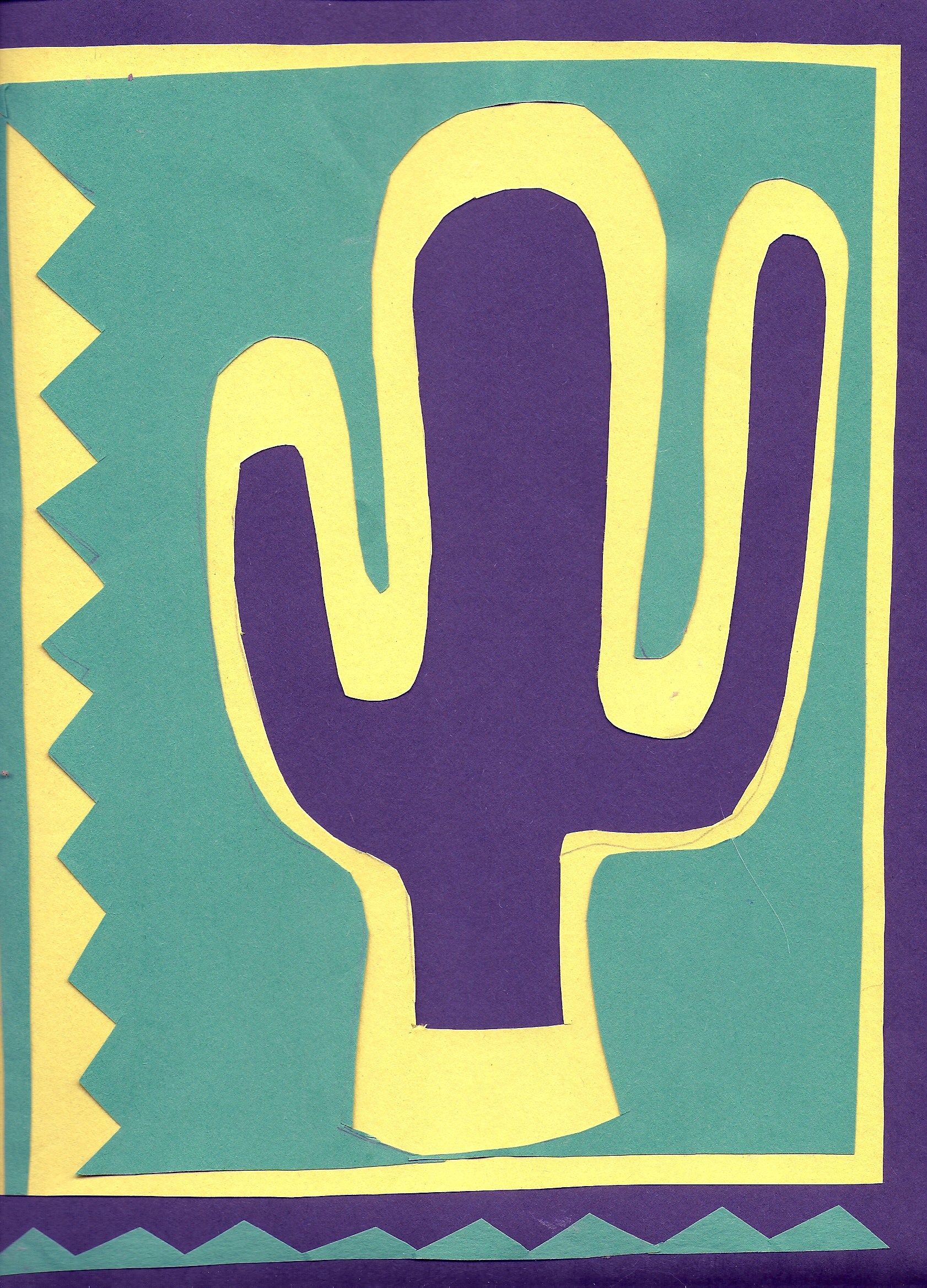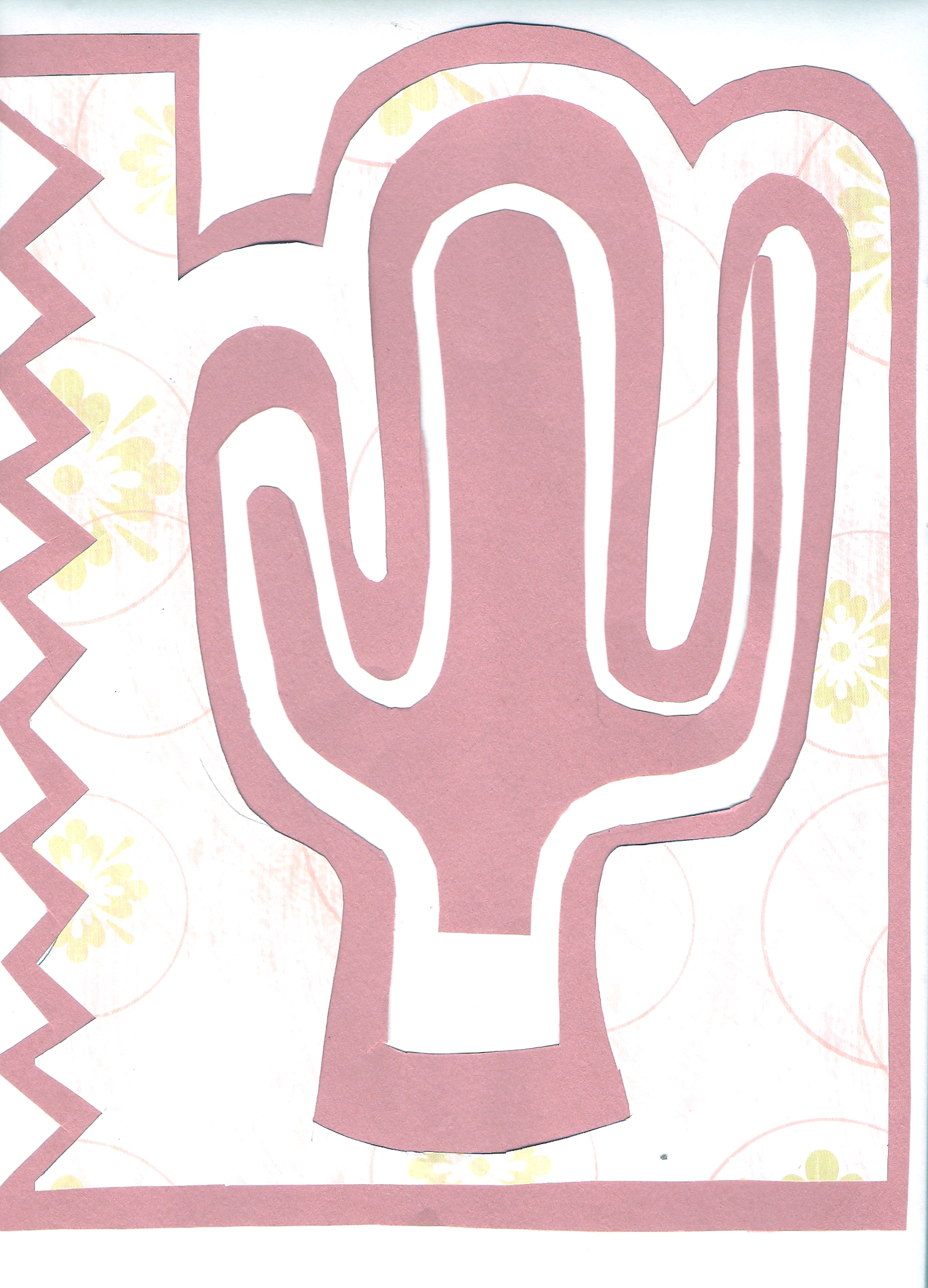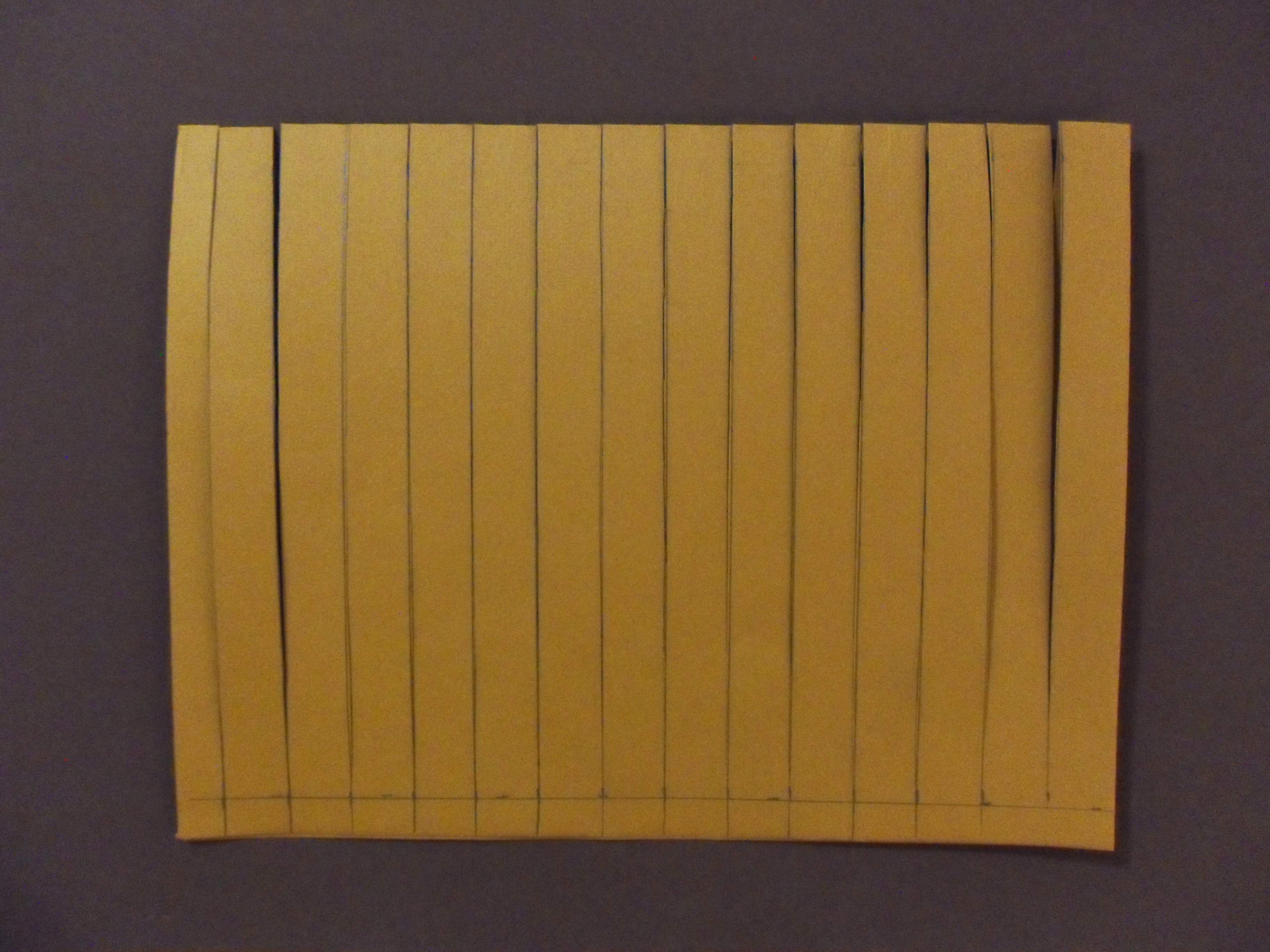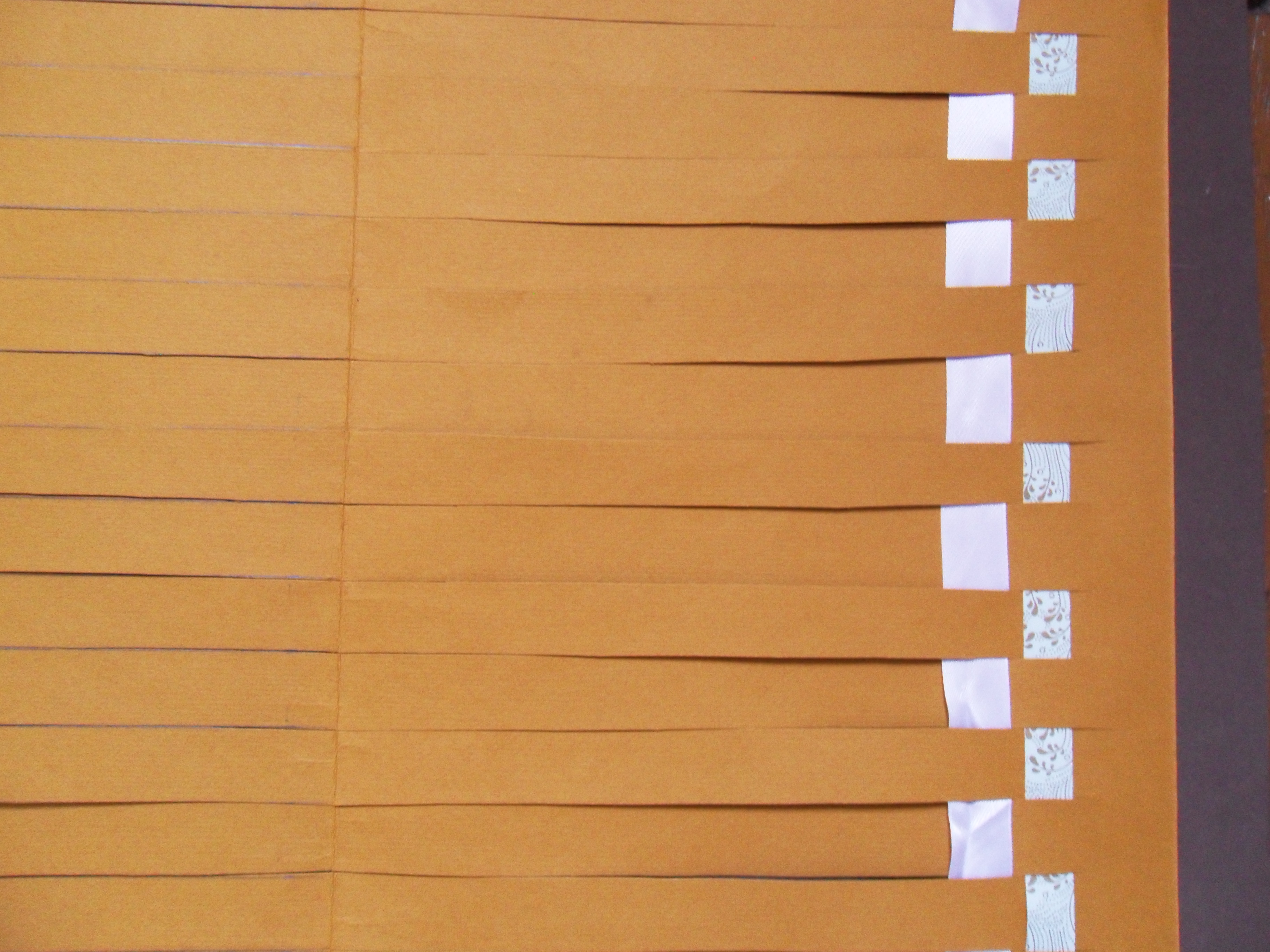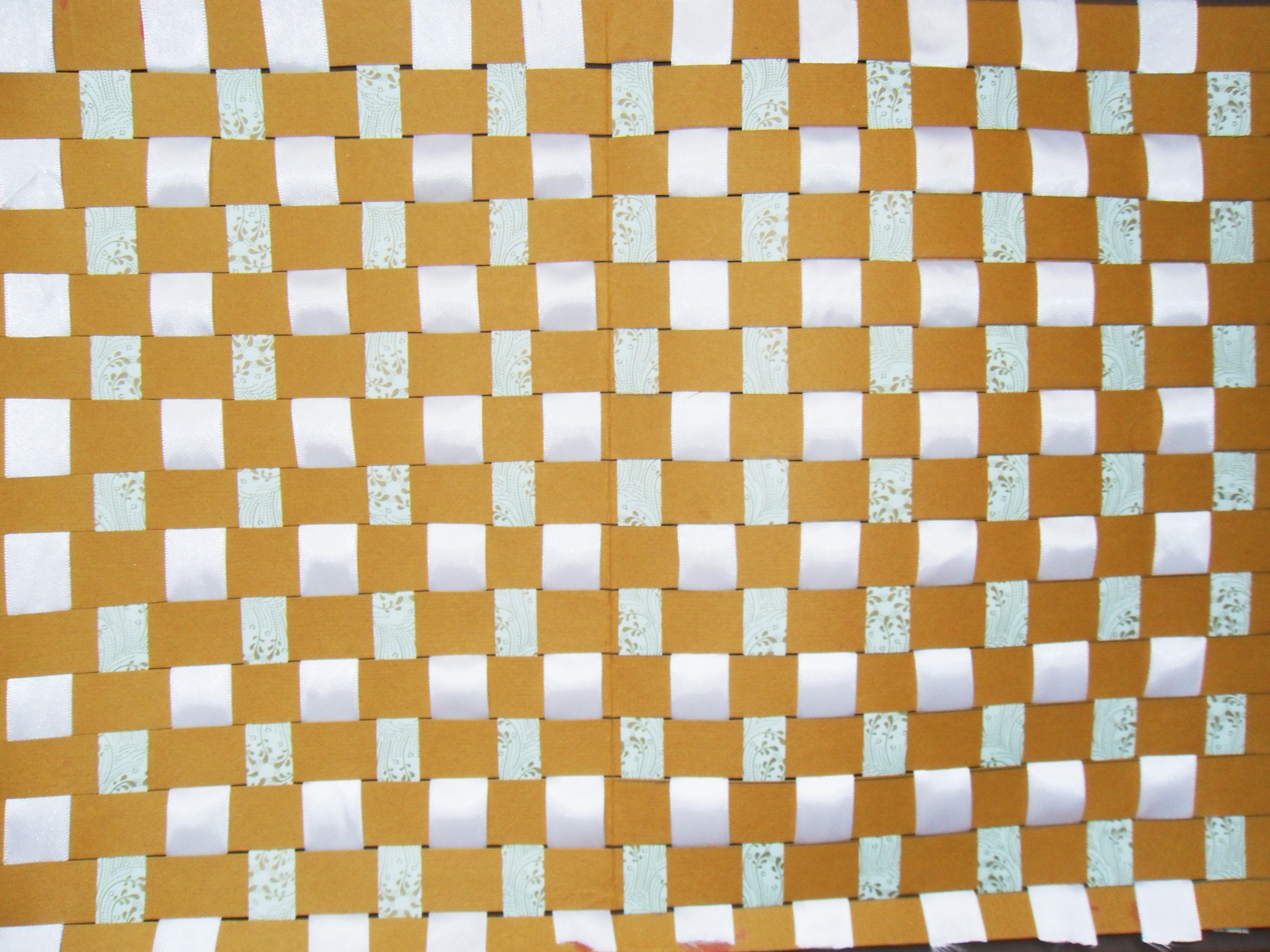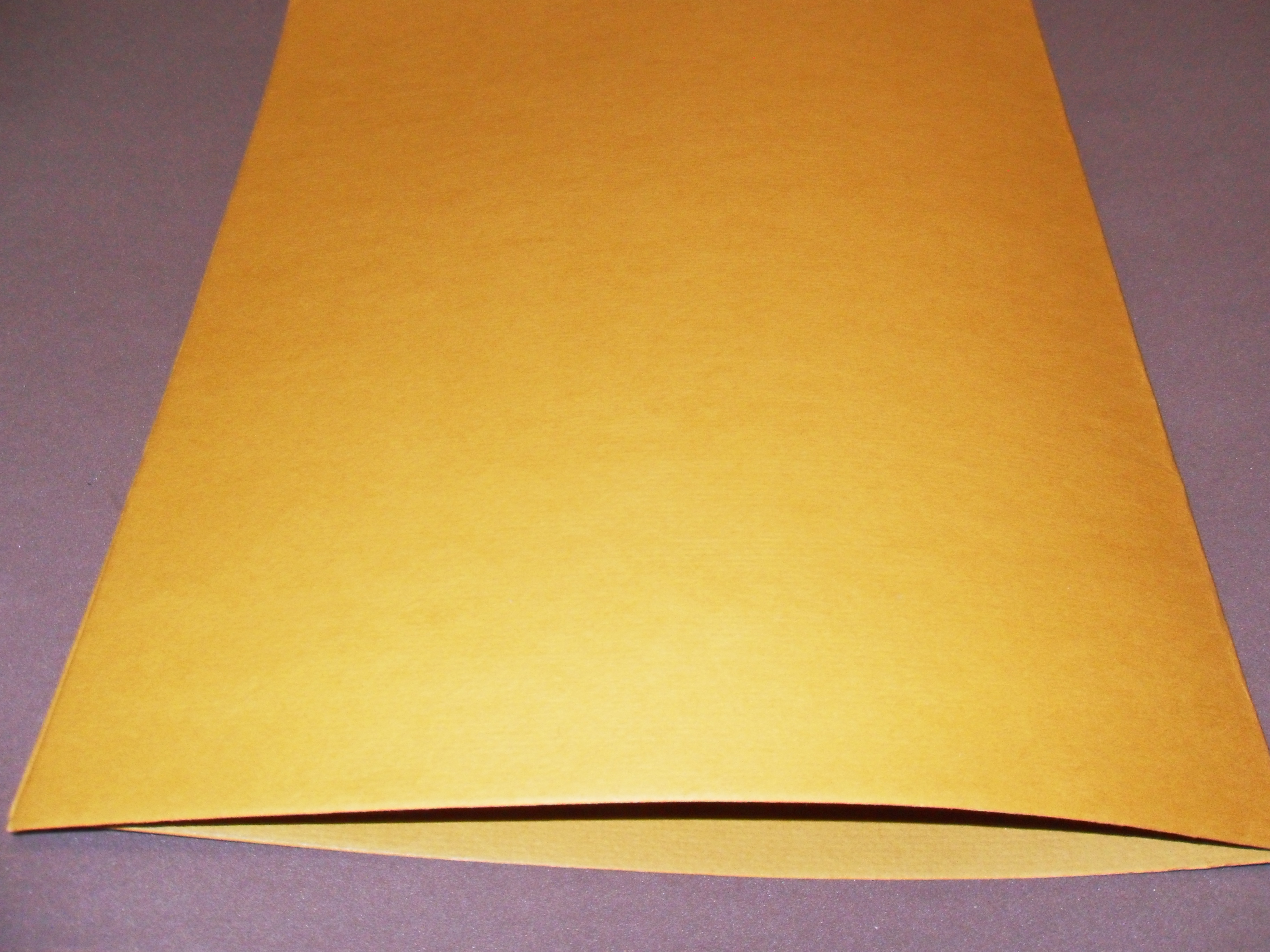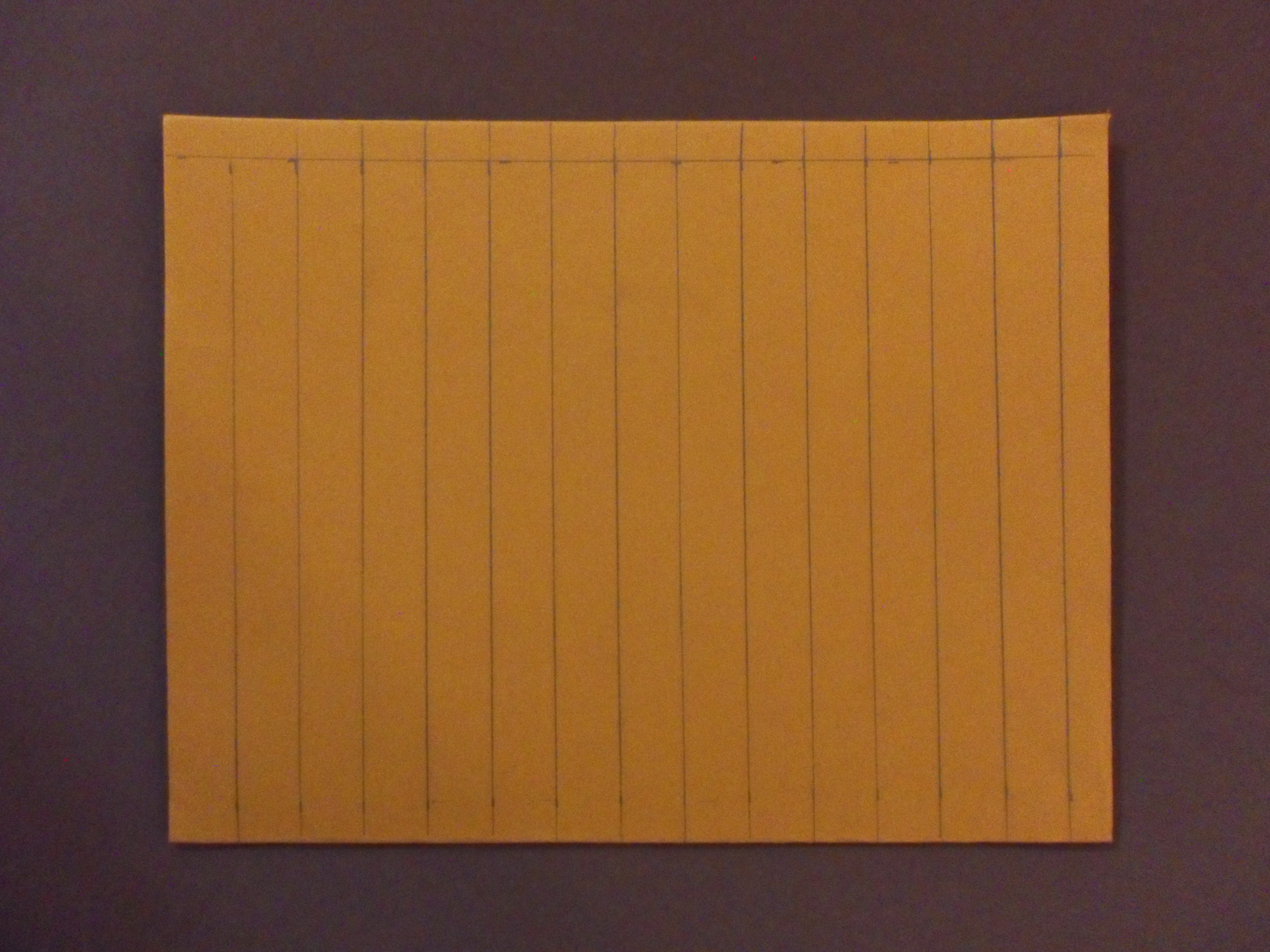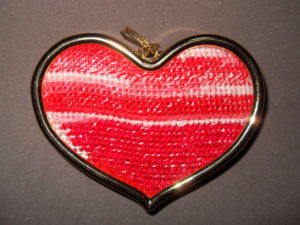
Cross Stitch sample: Hanging Ornament
Cross stitching is a fun way to pass the time and relax. There are several different ways to get started. Whether you decide to buy a cross stitching kit or buy the supplies separately, it is easy to get started.
Start out by making a visit to your local craft store. Many craft stores carry both the premade kits and the separate supplies. Premade kits come in handy because they include the thread, the canvas and the needle as well as step by step instructions. The premade kits come in different styles and projects. Pictures are available as well as more detailed projects such as pillow cases, bibs, blankets and lots more. Prices for the premade kits are wide in range. There are several projects that start as low as $5 ranging up to $100 for more detailed projects.
If you choose to buy the supplies separately, it is a good idea to buy a cross stitch book first. These books usually contain several patterns and specify the materials needed to complete the patterns. Among the materials needed are typically thread, needles, canvas and a hoop to keep the canvas stretched. The hoop makes it easy to cross stitch more accurately, but they are not required.
Follow the directions included in the kit or patterns to achieve the desired outcome. The directions supplied specify the colors used and each has a specific icon that represents the color. Follow these directions to make sure that your picture matches the pattern. There are several different kinds of stitches such as cross stitch, half-stitch and a back-stitch. Each stitch made a certain way, so familiarize yourself with each stitch. Knowing the stitches beforehand will help end any frustration during the sewing.
After you have experience with cross stitching it is possible to develop your own pattern. Do some research and choose a picture to turn into a cross stitch pattern. This is a more complex way of cross stitching so ease and experience count.
After the cross stitch is complete, it is time to frame your work! Buy a nice frame to display your work on the wall or to give away as a gift. Congratulate yourself on a job well done.
Getting started with cross stitch is easy and fun. There are two different methods to get started, buy a premade kit or buy the supplies separately. Craft stores usually carry all the supplies you need to get started, so be sure to visit one and pick the best method for you.
Like this:
Like Loading...

